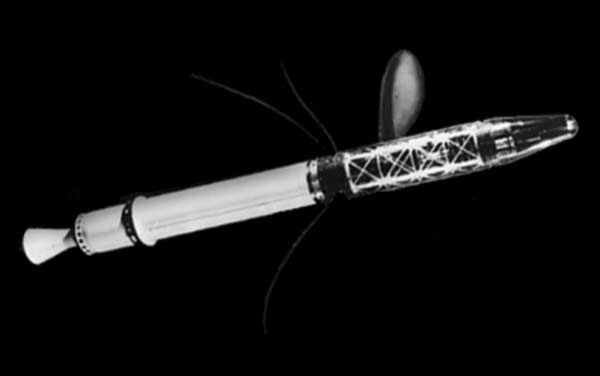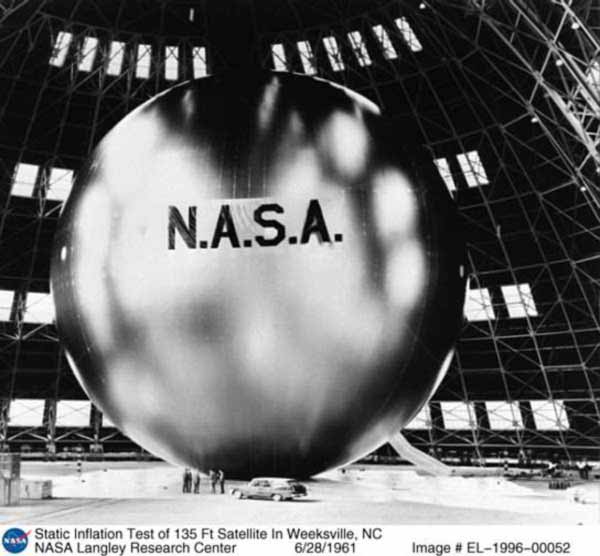In 1955, both the USSR and the USA announced plans to develop artificial earth satellites and launch them during the upcoming International Geophysical Year, or roughly, 1957-1958. The first satellites were products of the Cold War, with Russia launching the first satellite in history and the first of a series, Sputnik I on 04 October 1957. It remained in orbit for several months, burning up in the atmosphere in early 1958. Sputnik caused public Cold War fears to escalate in the free world and reexamination of the West’s defense plans. The United States launched its first satellite named Explorer One on January 31, 1958. Explorer One was developed and launched by the US Army Ballistic Missile Command before there was a civilian space agency in the United States. It had radiation detection capabilities and discovered the inner Van Allen radiation belt that encircles the earth.
Many of the free world’s early satellites were developed by the US Army’s Communications-Electronics Command (CECOM) and generally had communication capabilities. This satellite program was called SCORE, and the first SCORE satellite was launched into orbit on 18 December 1958 on a long-range ballistic missile called the Jupiter–C rocket. From this satellite, a Cold War message by President Dwight D. Eisenhower entitled “Goodwill Message to the World” was relayed around the earth.

Echo II Satellite.
It was launched by the US Army Ballistic Missile Agency on a Jupiter-C rocket developed under the direction of Dr. Wernher von Braun.
Photo: NASA.
National Archives and Records Administration.
Still Picture Branch; College Park, Maryland.
Some of the most noticeable and notable satellites ever created were the Echo series and they were launched in the early 1960s. The Echo series had no active communication capabilities, but they could be easily seen in the evening sky because of their shiny aluminum-coated Mylar skins. They could be spotted as fast moving stars because their orbits caused them to circle the earth every two hours. The Echo satellite series was designed to reflect radio waves from their shells to test the feasibility satellite of communications.

Echo II Satellite.
Photo: NASA.
National Archives and Records Administration.
Still Picture Branch; College Park, Maryland.